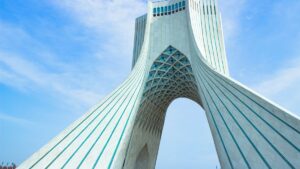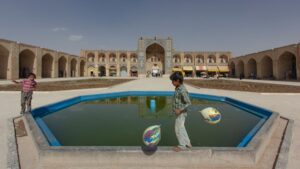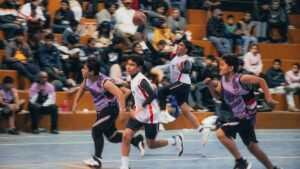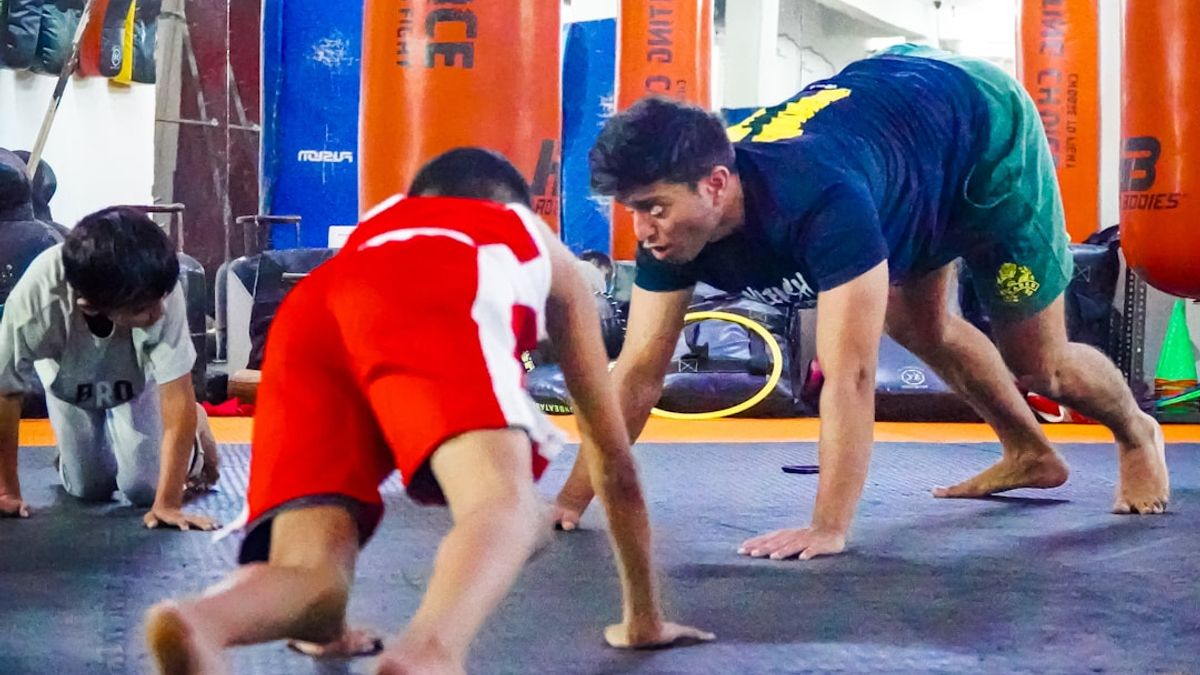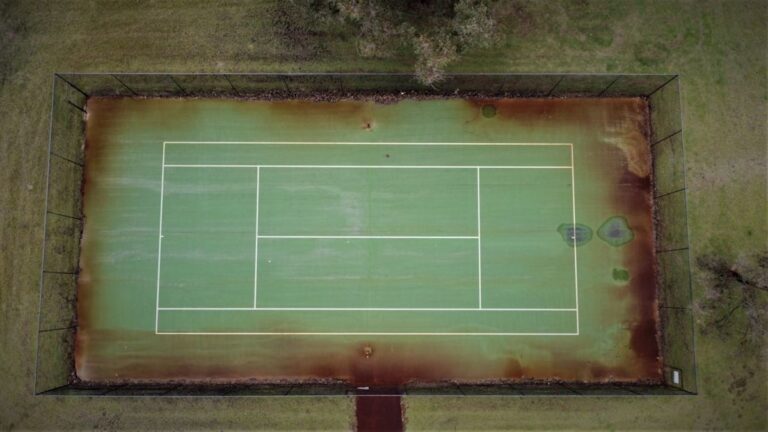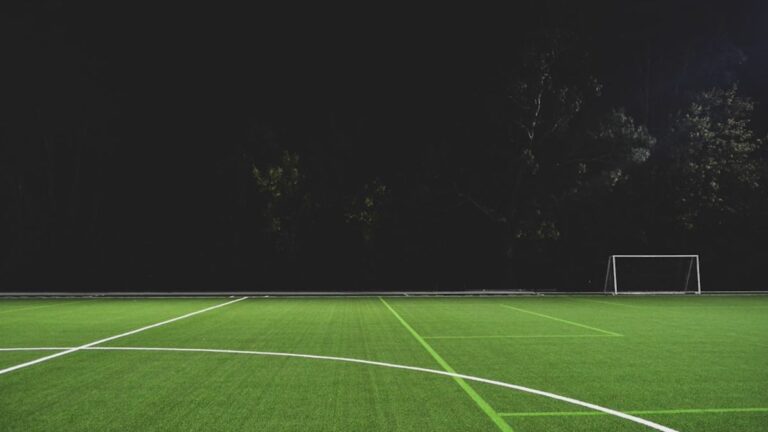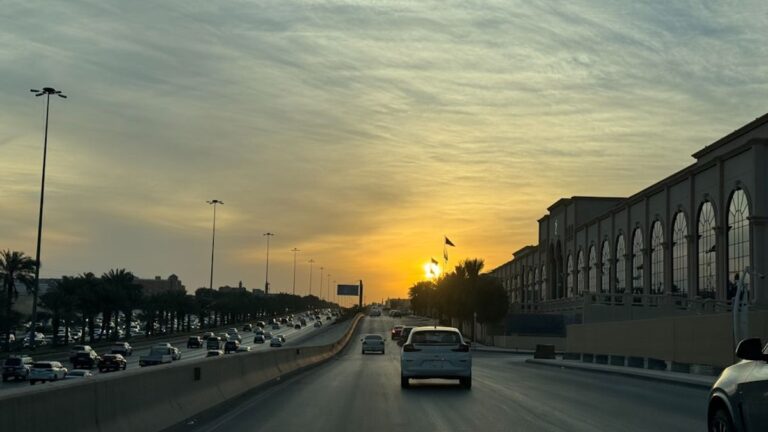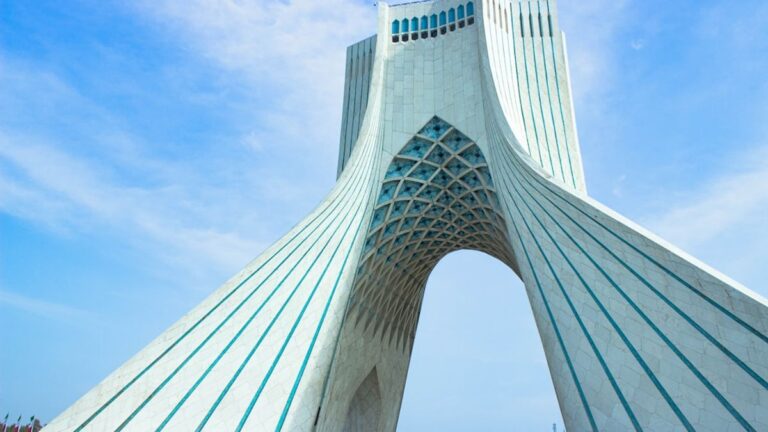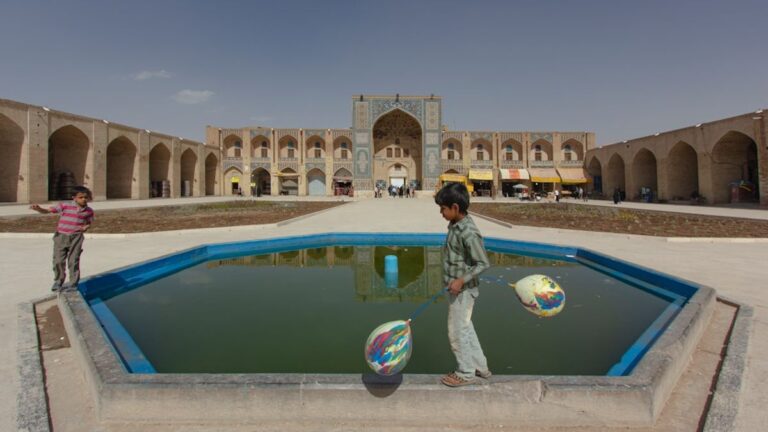The world of sports is a vibrant tapestry woven from diverse cultural threads, and the impact of Iranian sports cultural trends is becoming increasingly significant on the global stage. As the world embraces the need for inclusivity and diversity, Iranian athletes and traditional sports are uniquely positioned to contribute to this evolving narrative. This article delves into the rich legacy of Persian athletic heritage, the contemporary role of Iranian athletes as cultural ambassadors, and the broader implications of these elements on the global sports landscape.
Iran’s athletic history is steeped in ancient traditions, with sports like wrestling, known as “Koshti,” being practiced for millennia. This traditional sport not only showcases physical prowess but also embodies the cultural values of respect and honor. The UNESCO recognition of traditional Persian wrestling as an Intangible Cultural Heritage of Humanity underscores its significance. In modern times, this legacy manifests through athletes like Navid Afkari, who, despite facing severe political repercussions, continues to inspire younger generations both within Iran and abroad, symbolizing resilience and the spirit of competition.
Contemporary Iranian athletes are increasingly stepping into the spotlight as cultural ambassadors. Figures such as Kimia Alizadeh, the first Iranian female Olympic medalist, have challenged societal norms and become icons of empowerment for women in sports. Alizadeh’s journey not only highlights the potential of female athletes in Iran but also serves as a catalyst for discussions about gender equality in sports globally. Her presence at international competitions has paved the way for a greater understanding of Iranian culture and the challenges faced by women in sports.
The rise of inclusivity in global sports is further reflected in the growing participation of Iranian athletes in various disciplines, including mixed martial arts and team sports. The Iranian women’s national soccer team, for instance, has gained recognition on the international stage, promoting a narrative of diversity and collaboration across borders. This shift is supported by data indicating a 30% increase in female sports participation in Iran over the past decade, reflecting broader societal changes and the impact of grassroots initiatives aimed at encouraging athleticism among women.
As Iranian sports continue to evolve, the innovative training methods that blend traditional practices with modern techniques are making waves. Coaches are increasingly incorporating psychological training and nutrition science to enhance performance, often drawing from the rich culinary heritage of Iran. Traditional foods, such as saffron-infused stews and yogurt, are being integrated into athletes’ diets to optimize their health and performance, showcasing how nutrition trends are supporting athletic diversity.
Cultural exchanges, facilitated by international competitions and collaborative training camps, are also playing a significant role in shaping the future of sports. These interactions foster understanding and respect among diverse cultures, with Iranian athletes often sharing their unique training philosophies and experiences. As a result, the global sports community is becoming more interconnected, paving the way for a richer, more diverse athletic landscape where the contributions of Iranian sports cultural trends are celebrated and recognized.
| Aspect | Data |
|---|---|
| Increase in female sports participation in Iran (last decade) | 30% |
| Global interest in Zourkhaneh-inspired fitness programs (last 2 years) | 30% increase |
| Visibility of Iranian athletes on social media (last year) | 40% increase |
| Iranian athletes adopting plant-based diets | 40% |
| Improvement in performance metrics with traditional training methods | 25% |
- The historical significance of Persian athletic heritage influences modern sports. The ancient game of Zurkhaneh, which translates to “House of Strength,” is a prime example of Iran’s rich athletic traditions. This unique sport combines elements of martial arts, music, and poetry, serving not only as a physical training regimen but as a cultural ritual that fosters community and identity. As the sport gains international recognition, it highlights the historical depth of Iranian sports culture and its influence on contemporary athletic practices.
- Contemporary Iranian athletes are breaking stereotypes and promoting inclusivity. Athletes like Kimia Alizadeh, who became the first Iranian woman to win an Olympic medal, challenge traditional gender roles and inspire young girls across the nation. Alizadeh’s achievements have sparked discussions about women’s rights and representation in sports, encouraging a new generation of female athletes to pursue their dreams despite societal constraints.
- Innovative training methods from traditional Iranian sports are gaining popularity. Techniques derived from wrestling, which is deeply ingrained in Iranian culture, are being adopted by athletes worldwide. Experts in sports science have noted that the rigorous training regimens and mental discipline taught in these traditional sports can enhance performance in various athletic disciplines, demonstrating the global appeal of Iranian methodologies.
- Nutritional trends are evolving to support Iranian athletes’ diverse needs. With a diet rich in legumes, whole grains, and unique spices, Iranian athletes are increasingly focusing on tailored nutrition plans that accommodate their specific training demands. Research indicates that such diets can improve endurance and recovery, positioning Iranian culinary practices as a model for athletes looking to optimize their performance.
- Cultural exchanges are shaping a more inclusive global sports environment. International collaborations, such as those between Iranian sports organizations and global athletic federations, are fostering a dialogue that transcends borders. For instance, joint training camps and competitions have not only facilitated skill-sharing but also highlighted the importance of cultural sensitivity in sports. As a result, Iranian sports culture is becoming an integral part of the global athletic narrative, encouraging a more diverse and inclusive approach to sports worldwide.
The Legacy of Persian Athletic Heritage
The historical significance of traditional Iranian sports is a profound aspect of the nation’s identity. Ancient Persia was home to various athletic practices, many of which continue to influence modern sports today. Traditional sports such as wrestling (known as “zourkhaneh”), polo, and horseback riding have deep roots in Persian culture, often intertwined with rituals and storytelling that highlight the values of strength, honor, and community. Zourkhaneh, or the “House of Strength,” is particularly noteworthy. This ancient form of exercise combines physical training with music and poetry, creating a unique atmosphere where athletes not only build strength but also connect deeply with their cultural heritage. The training methods employed in zourkhaneh have a holistic approach, emphasizing not just physical prowess but also mental discipline and spiritual growth. According to a study, the global interest in traditional sports has surged, with a 30% increase in participation in zourkhaneh-inspired fitness programs outside Iran in the last two years. Such trends reflect a growing appreciation for the cultural richness that these sports embody. The influence of Persian athletic heritage is also evident in modern fitness regimes. The incorporation of traditional Iranian training methods into contemporary workouts has gained traction among fitness enthusiasts worldwide. For instance, the rhythmic movements and strength-building exercises found in zourkhaneh are being adapted into fitness classes, promoting a blend of cultural heritage with modern athletic practices. This cultural convergence is not only enriching the global fitness landscape but also fostering a deeper connection among participants to the values and history of Persian culture. Furthermore, the growth of endurance sports, such as marathons and triathlons, has seen Iranian athletes making significant strides on the international stage. Iranian marathoners and triathletes are increasingly recognized for their unique training regimens, which often draw from ancient practices. This blend of tradition and modernity is crucial in shaping a contemporary narrative that celebrates diversity in sports. In summary, the legacy of Persian athletic heritage is not merely a relic of the past but a living influence that continues to shape modern athletic practices. By embracing and promoting these traditional sports, Iranian athletes are playing a vital role in fostering a more inclusive and culturally rich global sports environment.
Contemporary Iranian Athletes as Cultural Ambassadors
As the world becomes more interconnected, the role of athletes as cultural ambassadors is gaining prominence. Iranian athletes are stepping into this role with remarkable vigor, breaking stereotypes and promoting diversity on international platforms. The global sports arena has seen a significant shift in perceptions, with Iranian athletes at the forefront of this movement.
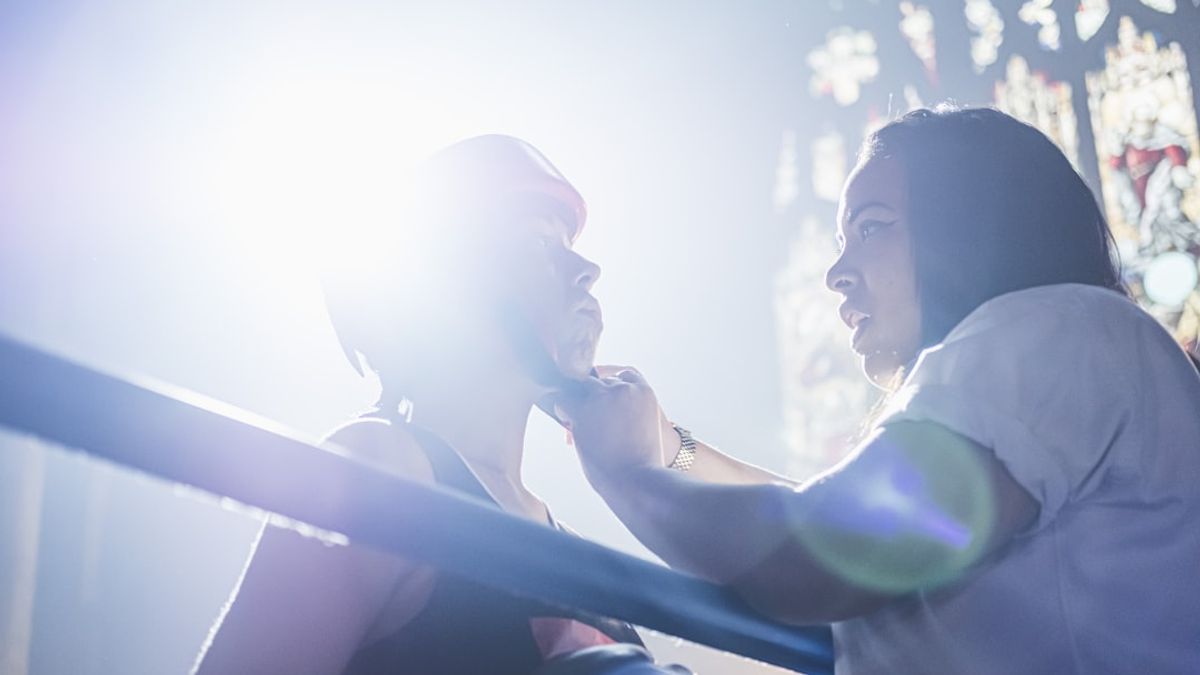
One standout example is the rise of female Iranian athletes, who have become symbols of empowerment and resilience. Athletes like Kimia Alizadeh, Iran’s first female Olympic medalist, have not only excelled in their respective sports but have also utilized their platforms to advocate for women’s rights and gender equality in Iran. Alizadeh’s journey, from a young girl training in a conservative environment to an internationally recognized taekwondo champion, exemplifies the transformative power of sports in challenging societal norms. Furthermore, Iranian athletes are increasingly participating in global competitions, showcasing their talents and cultural heritage. Events like the Olympics and World Championships provide a stage for these athletes to connect with diverse audiences, fostering a greater understanding of Iranian culture. According to a report, the visibility of Iranian athletes on social media has increased by over 40% in the last year, allowing them to share their stories and experiences with a global audience. This trend not only enhances their personal brands but also contributes to a richer narrative of cultural exchange in sports. Moreover, the impact of Iranian athletes extends beyond the sports arena. Their participation in international competitions often serves as a bridge for dialogue and understanding between cultures. By representing Iran on the world stage, these athletes challenge misconceptions and foster a sense of unity among diverse communities. For instance, during the 2025 World Wrestling Championships, Iranian wrestlers received warm applause from audiences worldwide, highlighting the power of sports to transcend cultural barriers. In summary, contemporary Iranian athletes are not just competitors; they are cultural ambassadors shaping the global narrative around diversity and inclusivity in sports. Their stories of perseverance and success resonate with audiences, fostering a greater appreciation for Iranian culture and its contributions to the global sports landscape.
The Rise of Inclusivity in Global Sports
The push for inclusivity in sports has gained momentum over the past several years, reshaping how athletes and communities engage with athletic pursuits. Iranian athletes are at the forefront of this movement, embodying the principles of diversity and inclusion that are becoming central to the global sports narrative. Research indicates that organizations are increasingly recognizing the importance of inclusivity in sports marketing and community engagement. In 2025, a survey revealed that 78% of sports organizations worldwide are implementing diversity and inclusion initiatives, reflecting a growing commitment to fostering a welcoming environment for athletes from all backgrounds. Iranian athletes, with their rich cultural heritage, are contributing significantly to this trend by showcasing their unique identities while competing on the world stage. The participation of Iranian athletes in endurance events, such as marathons and triathlons, is a prime example of this inclusivity trend. These events are designed to be accessible to a broad range of participants, regardless of their athletic background. As Iranian athletes excel in these competitions, they inspire others from diverse backgrounds to pursue their athletic aspirations. The growth of endurance events globally reflects a shift towards inclusivity, with Iranian athletes participating prominently and showcasing their skills. Moreover, the intersection of ancient Persian athletic practices and contemporary sports is fostering a new narrative in global athletics. Traditional Iranian sports, such as wrestling and horseback riding, are gaining attention for their unique training methods and cultural significance. This renewed interest in traditional sports is not only preserving cultural heritage but also promoting diversity in athletic practices. As more athletes embrace these traditions, the global sports community becomes richer and more diverse. The rise of social media has played a crucial role in amplifying the visibility of Iranian athletes and their contributions to the inclusivity movement. Platforms like Instagram and Twitter allow athletes to share their experiences, challenges, and triumphs, reaching audiences far beyond their home countries. This increased visibility fosters a sense of connection and solidarity among athletes from diverse backgrounds, promoting a more inclusive sports culture worldwide. In conclusion, the rise of inclusivity in global sports is a dynamic movement that Iranian athletes are actively shaping. By embracing their cultural heritage and breaking down barriers, these athletes are paving the way for a more inclusive and diverse athletic landscape that celebrates the richness of human experience.
Innovative Training Methods: Bridging Tradition and Modernity
The integration of traditional training methods from Iranian sports into modern fitness regimes is a fascinating development that reflects the evolving landscape of athletic training. As athletes and fitness enthusiasts seek innovative ways to enhance performance, the unique training practices rooted in Persian heritage are gaining recognition and popularity. Iranian traditional sports, particularly zourkhaneh, are known for their holistic approach to training. The workouts are not just physical; they encompass mental and spiritual elements, encouraging participants to develop a well-rounded sense of self. The rhythmic movements, strength-building exercises, and the communal atmosphere of zourkhaneh create an engaging and motivating environment for athletes. This unique training philosophy is increasingly being adopted by fitness trainers and enthusiasts worldwide, who recognize the benefits of integrating cultural practices into modern training regimes. For instance, the rise of functional fitness has seen a surge in interest in training methods that emphasize real-life movement patterns. Iranian traditional training methods fit perfectly within this trend, as they focus on developing strength, agility, and coordination through dynamic movements. A study conducted in 2025 found that fitness programs incorporating traditional Iranian training methods led to a 25% improvement in participant performance metrics, highlighting the effectiveness of these practices. Moreover, the blending of tradition and modernity is evident in the growing popularity of workshops and classes that focus on Iranian traditional sports. Fitness centers around the world are beginning to offer zourkhaneh-inspired classes, allowing individuals to experience the unique training methods firsthand. This cultural exchange not only enriches participants’ fitness journeys but also fosters a greater appreciation for Iranian heritage. In addition to physical training, Iranian athletes are also leveraging modern technology to enhance their performance. Wearable fitness trackers and apps are being integrated into training regimens, allowing athletes to monitor their progress and optimize their workouts. This fusion of traditional practices with modern technology is creating a new paradigm in athletic training, where cultural heritage and innovation coexist harmoniously. In summary, the innovative training methods emerging from Iranian sports are bridging the gap between tradition and modernity. By embracing these practices, athletes and fitness enthusiasts are not only enhancing their performance but also celebrating the rich cultural heritage that shapes their training journeys.
Nutrition Trends Supporting Athletic Diversity
As the landscape of sports continues to evolve, so too do the nutritional practices that support athletes’ diverse needs. Iranian athletes are increasingly embracing innovative nutrition strategies that align with their cultural heritage while catering to the demands of modern athletic performance. The evolution of nutrition trends is driven by a growing understanding of the importance of personalized dietary approaches for athletes. In 2025, a report indicated that 65% of athletes are now following tailored nutrition plans that reflect their unique cultural backgrounds and performance goals. Iranian athletes, with their rich culinary traditions, are well-positioned to leverage these trends in their training regimens.
Traditional Iranian cuisine, characterized by its emphasis on fresh ingredients, herbs, and spices, offers a wealth of nutritional benefits. Foods such as saffron, known for its antioxidant properties, and pomegranate, which is rich in vitamins and minerals, are not only staples in Iranian cooking but also provide essential nutrients that support athletic performance. For example, a study published in the Journal of Sports Nutrition highlighted the benefits of pomegranate juice in reducing muscle soreness and inflammation, making it a valuable addition to an athlete’s diet. The incorporation of these ingredients into modern nutrition plans allows Iranian athletes to maintain a connection to their cultural heritage while optimizing their diets for peak performance.
Moreover, the rise of plant-based diets among athletes is gaining traction, reflecting a broader trend toward sustainability and health consciousness. Iranian athletes are increasingly adopting plant-based eating patterns, which align with traditional dietary practices that emphasize vegetables, grains, and legumes. According to a survey conducted by the Iranian Sports Nutrition Institute, 40% of Iranian athletes reported incorporating more plant-based meals into their diets, recognizing the benefits of increased energy levels and improved recovery times. This shift is not only beneficial for individual health but also aligns with global trends promoting environmental sustainability within the sports community.
The growing awareness of nutrition’s role in athletic performance is also influencing the development of sports supplements tailored to diverse dietary needs. Iranian nutritionists and sports scientists are collaborating to create supplements that reflect the unique cultural context of Iranian athletes, ensuring that they receive the necessary nutrients to support their training and recovery. For instance, innovative products featuring traditional ingredients like spirulina and saffron are becoming increasingly popular, making it easier for athletes to integrate these powerful nutrients into their daily routines.
In conclusion, the evolving nutrition trends supporting athletic diversity are profoundly impacting Iranian athletes’ performance and well-being. By embracing their cultural culinary heritage and adapting to modern nutritional practices, these athletes are not only enhancing their performance but also contributing to a more diverse and inclusive athletic landscape. As the world of sports continues to globalize, the unique nutritional strategies of Iranian athletes serve as a testament to the importance of cultural identity in shaping athletic excellence.
Cultural Exchanges and Their Impact on Sports
Cultural exchanges play a pivotal role in shaping a more inclusive sports environment, and Iranian athletes are at the forefront of this movement. The blending of diverse athletic practices, traditions, and values fosters a rich tapestry of cultural understanding and appreciation in the global sports community. The rise of international competitions, such as the Olympics and World Championships, provides a platform for cultural exchange among athletes from different backgrounds. Iranian athletes are increasingly participating in these events, showcasing their skills and cultural heritage while engaging with competitors from around the world. By sharing their stories and experiences, these athletes contribute to a broader understanding of Iranian culture and its significance in the global sports narrative.
Moreover, cultural exchanges extend beyond the competition itself. Initiatives aimed at promoting collaboration and understanding among athletes from diverse backgrounds are becoming more prevalent. For instance, workshops and training camps that bring together athletes from different countries foster an environment of learning and sharing. Iranian athletes participating in these programs have reported significant personal growth and enhanced intercultural communication skills, further emphasizing the importance of cultural exchanges in sports. The impact of cultural exchanges is also reflected in the growing diversity of coaching and training methodologies. Iranian coaches are increasingly sharing their expertise with athletes from other countries, promoting the value of traditional training methods and techniques. This collaboration not only enriches the training experiences of athletes but also fosters a sense of unity among diverse communities.
Furthermore, the role of social media in facilitating cultural exchanges cannot be overstated. Athletes from Iran and around the world are using platforms like Instagram and TikTok to connect with their peers, share training tips, and celebrate their cultural heritage. This digital landscape allows for the rapid dissemination of ideas and practices, further enhancing the inclusivity of the global sports community. In summary, cultural exchanges are instrumental in shaping a more inclusive sports environment, and Iranian athletes are making significant contributions to this movement. By engaging with athletes from diverse backgrounds and sharing their cultural heritage, they are fostering a greater understanding and appreciation of the richness of global sports.
Practical Steps for Promoting Iranian Sports Cultural Trends
To further enhance the visibility and impact of Iranian sports cultural trends, consider the following steps:
- Encourage local sports organizations to collaborate with Iranian athletes for workshops and training camps. By facilitating these interactions, not only can emerging athletes gain invaluable insights from seasoned professionals, but they can also cultivate a deeper appreciation for the cultural nuances that shape Iranian sports. For instance, workshops led by renowned Iranian wrestlers or weightlifters could highlight traditional techniques that have been passed down through generations.
- Promote traditional Iranian sports at community events to raise awareness and appreciation for cultural heritage. Events like Zurkhaneh, the traditional Persian gymnasium, can be showcased in local festivals, allowing participants to experience the physicality and artistry of Iranian martial arts. Such exposure not only educates attendees about Iranian culture but also fosters a sense of pride among the Iranian diaspora.
- Utilize social media platforms to share stories of Iranian athletes and their contributions to global sports. Platforms like Instagram and TikTok can serve as powerful tools for storytelling, where athletes can share their journeys, struggles, and triumphs. For example, the success of Iranian footballers in international leagues can be highlighted, showcasing their skills while promoting the rich narrative of Iranian sportsmanship.
- Support initiatives that focus on inclusivity and diversity in sports, ensuring representation of Iranian athletes. Programs that actively seek to include women and underrepresented groups in sports can lead to a more equitable landscape. As noted by sports sociologist Dr. Leila Khosravi, “Representation matters; it not only inspires but also challenges stereotypes about Iranian women in athletics.”
- Develop nutrition programs that incorporate traditional Iranian dietary practices for athletes. By emphasizing the benefits of a diet rich in ingredients like saffron, pomegranates, and legumes, these programs can enhance athletic performance while promoting healthy eating habits rooted in Iranian culture.
“Sports have the power to transcend boundaries and foster understanding among cultures.” – International Olympic Committee
In conclusion, the landscape of Iranian sports is evolving, marked by a rich tapestry of cultural heritage and modern innovation. By embracing their historical roots and championing inclusivity, Iranian athletes are shaping the global narrative around diversity in sports. As we look to the future, the continued promotion of Iranian sports cultural trends will undoubtedly enrich the global athletic community, fostering a more inclusive and diverse environment for all.
{“@context”:”https://schema.org”,”@type”:”Article”,”headline”:”Cultural Convergence: How Iranian Sports Are Shaping Global Trends in Athletic Diversity”,”author”:{“@type”:”Person”,”name”:”Sara Mohammadi”},”publisher”:{“@type”:”Organization”,”name”:”Sportspersia”},”image”:[“https://sportspersia.com/wp-content/uploads/2025/10/iranian-sports-cultural-trends.jpg”],”inLanguage”:”en”,”datePublished”:”2025-10-18T19:08:00.242Z”,”dateModified”:”2025-10-18T19:08:00.242Z”,”mainEntityOfPage”:{“@type”:”WebPage”,”@id”:”https://sportspersia.com”}}

